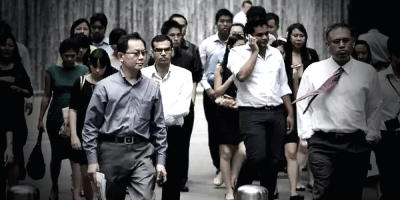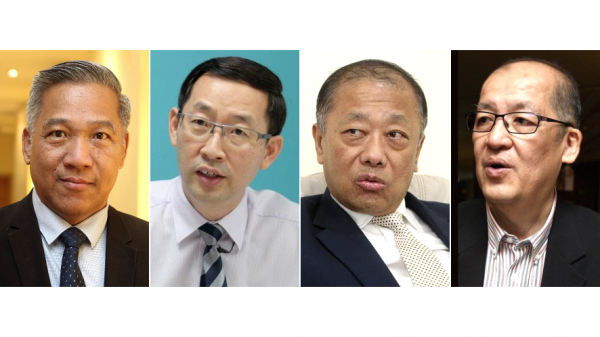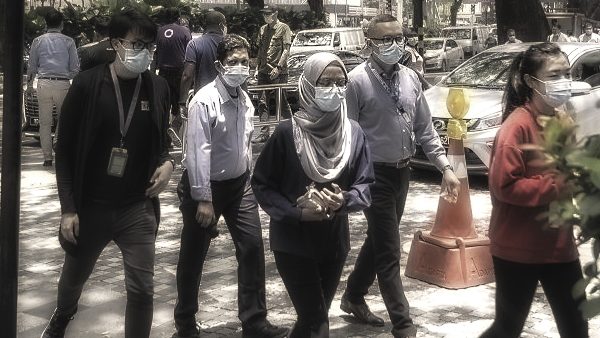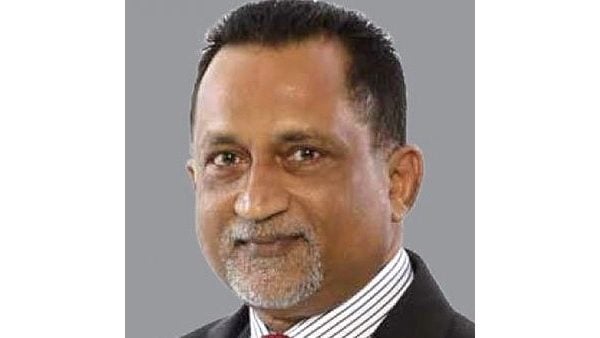At last it has been recognized that the producers of wealth in this country are severely underpaid.
The government’s first Employee Wage Statistics (Formal Sector) Report sets figures to the increasing burden of workers struggling to cope with ever rising costs.
According to Minister of Economy Rafizi Ramli, today’s workers are poorer than their parents, with workers’ wages as a share of GDP falling from 37.2% in 2020 to 32.4% last year.
The highest the minimum wage rose to in its ten years of implementation was RM1,500 which is way below Bank Negara’s 2017 living wage prescription of RM2,700 a month for an urban based single worker relying on public transport, and RM6,500 for a household of four.
The government has decided that the minimum wage model introduced in 2013 will be replaced with the progressive wage model (PWM) with certain adaptations.
Rafizi says it will be a mix of the minimum wage salary structure for certain sectors, and a PWM that is differentiated by sector, with the government recommending yearly wage increment amounts for each sector.
There will be no compulsion on the part of employers, so it will be up to them to decide if they want to adopt it, but those who do will be rewarded with incentives from the government.
The logic of the PWM is that productivity will go up as workers undergo continual training to upskill themselves. Higher productivity means higher profits, and thereby higher wages.
No doubt the decision to raise workers’ wages is strongly motivated by how long-time low wages have shrunk the economy through falling domestic consumption.
The decision is in line with the aspiration to become a high-income economy.
The owners of capital always imagine that they can grow and grow their profit margins by endlessly squeezing wages, little thinking of eventually how closely connected profits (which are tied to market demand) and workers’ wages are.
Challenges
Will the new wage model lift the workers out of hardship and lead to a stronger economy?
Implementation is key, and there are many challenges the government will face on this front.
The minimum wage policy was no doubt a much-needed intervention by the government during a time when unskilled and low-skilled workers were being paid ridiculously low wages decided by individual bosses.
However, compared to the more straightforward minimum wage model, the “PWM plus” looks much more complex in terms of administration and enforcement.
Singapore, we are told, has done an adaptation of the model successfully since 2012. But that’s Singapore.

Malaysia’s labor environment
Over the decades, Malaysia’s labor environment has become almost hostile to workers.
The rate of unionization has steadily decreased to only 5.8% of the Malaysian workforce, with less than 2% of all workers covered by collective agreements.
Forbidding trade union laws make it virtually impossible to form unions while regular amendments to labor laws have chipped away at workers’ rights and entitlements.
This suppression of labor’s bargaining power is part of the initiative to provide a business-friendly image to maintain a low -wage economy competing for foreign direct investments (FDIs) in a regional race to the bottom.
To add to this, the labor market is flooded with migrant workers, both documented and undocumented, who together are more than two times in excess of the requirement set by our Malaysia Plans.
Labor migration remains unregulated contributing to an estimated 3.5 million undocumented migrant workers.
They are not part of the formal workforce but that doesn’t mean they are idle.
This “phantom workforce” doesn’t feature in official statistics but their labor output is included in GDP through the total Small and Medium Enterprise (SME) contribution.
SMEs readily absorb them as they are cheaper and more pliable. But this situation sets a low benchmark for all.
Malaysian workers are compared unfavorably to migrant workers for having higher expectations (in a land of plenty) than their migrant counterparts.
They are deemed choosy and demanding, and regularly told to leave if they are not happy.
In this kind of setting where workers are in a vulnerable position, enforcement should be high priority to ensure compliance to policy, and workers are not exploited and bullied.
But the reality is that enforcement is grossly underfunded and remains ineffective or absent.
As an example, up till now with less than a year left for the last Minimum Wage Order to expire, hundreds of thousands of workers still haven’t been paid the RM1,500 minimum wage.
For many workers both in urban and rural areas, the much-awaited salary of RM1,500 turns out to be just a dream.
There is no labor inspection by labor agencies, no union to represent them, and workers who embolden themselves to make labor complaints run the almost certain risk of being dismissed.
This is the environment that has over time shaped employers and workers.
Bosses enjoy a good level of impunity and frequently get away with labor law violations.
Malaysian workers, meanwhile, have become a disempowered and demoralized lot. There is no incentive to work harder, as even with working 12 hours a day they are unable to earn enough to raise the living standards for their families, and are perennially in debt.
Employers frequently gripe about the work ethics of Malaysian workers. Can they really expect greater enthusiasm?
Affordability, training capacity
When the RM1,500 minimum wage was announced, employers said they couldn’t afford it.
The fact is, many companies that were legally required to pay the new minimum wage from May 2022 still haven’t started doing so.
Part of this non-compliance could be due to real unaffordability among a portion of Micro, Small and Medium Enterprises (MSMEs).
Without financial support these companies which employ 48% of the workforce may not be able to afford the higher wages.
Another element of the progressive wage is periodic training of workers to upgrade themselves.
Who will provide the training? Do we have the capacity to train? Are bosses prepared to facilitate it?
Need for a new paradigm
We need a new way of thinking among the stakeholders involved for the successful implementation of the proposed salary model.
Workers need to be empowered, bosses need to value workers’ input, and government needs to be vigilant.
(Rani Rasiah is Central Committee Member of Parti Sosialis Malaysia.)
ADVERTISEMENT
ADVERTISEMENT








































